26 Basic American History Questions Most People Get Wrong

From the date the founding fathers supposedly signed the Declaration of Independence to the real reason Chicago got its famously blustery nickname, American history is littered with wildly popular myths and untruths that have been passed off as “facts” for generations. Don’t believe us? Read on to discover 26 of the most basic American history questions that are usually answered incorrectly—and see how you stack up against the rest of the country.
RELATED: 34 Fascinating Facts About the Army That Deserve a Salute.
U.S. History Questions You Might Not Know
1. What city was the first capital of the United States?
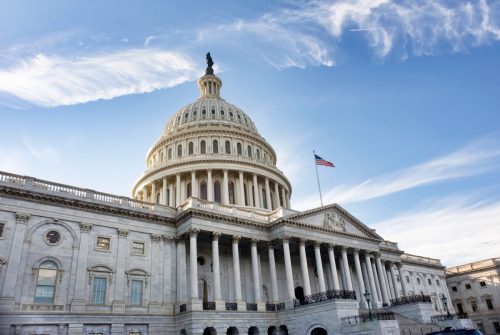
Incorrect: Washington, D.C.
Correct: New York City
The Big Apple—where George Washington made the first inaugural address on April 30, 1789—was the location of the country’s first capital. And Washington and New York aren’t alone when it comes to the national honor. Other cities that have served as the capital at one time or another include Philadelphia, Pennsylvania; Baltimore, Maryland; Lancaster, Pennsylvania (for just 24 hours!); York, Pennsylvania; Princeton, New Jersey; Annapolis, Maryland; and Trenton, New Jersey.
2. Who first discovered America?
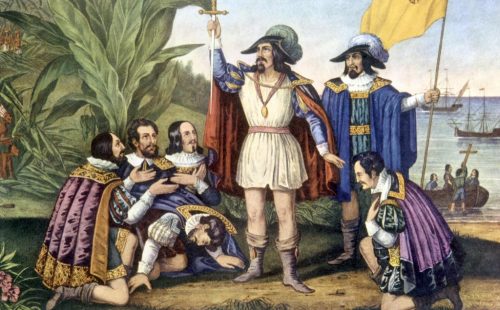
Incorrect: Christopher Columbus
Correct: Leif Erikson
There is an entire holiday named after Christopher Columbus (though many states have substituted the celebration with Indigenous People’s Day to honor the culture and history of the country’s native population), but he’s almost certainly not the first European explorer to discover the new continent. That honor, according to some scholars, goes to Norse explorer Leif Erikson. In fact, the guy celebrated every October never even set foot in what’s now the United States of America during any of his four voyages.
According to Encyclopedia Britannica, Columbus first made landfall, in 1492, in an island in the Bahamas. (The exact island is up for historical debate.) Over the course of three subsequent voyages, he stopped in various locations throughout the Caribbean and South America—including Cuba, Hispaniola, and the Paria Peninsula, or modern-day Venezuela—and even established a colony in modern-day Haiti. But he never made it to the land that would become the United States.
3. When was the Declaration of Independence signed?

Incorrect: July 4, 1776
Correct: Aug. 2, 1776
While the Second Continental Congress initially met in Philadelphia to discuss the country’s future on July 1, 1776 and declared America’s independence from England on July 2, the final draft of the Declaration of Independence document wasn’t finished until July 4—and wasn’t actually signed until Aug. 2 of that year. Today, we celebrate the day the document’s text was finalized. Though if you wanted to throw a barbecue on Aug. 2, surely no one would (or could) complain.
4. Where did the pilgrims land in America?
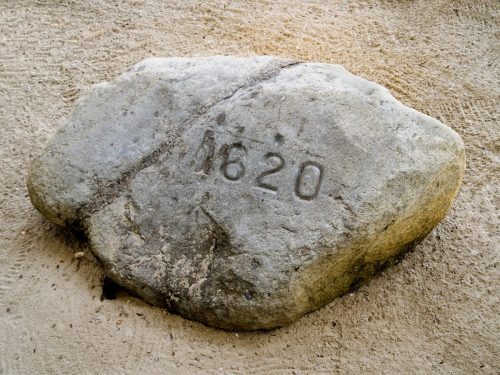
Incorrect: Plymouth Rock
Correct: Unknown
According to The Washington Post, the only reason we currently think that Plymouth Rock is the spot where the pilgrims first touched U.S. soil is because 121 years after their arrival, “a young boy overheard 95-year-old Thomas Faunce relate that his father, who came to Plymouth three years after the Mayflower, told him he’d heard from unnamed persons that the landing occurred there.”
So it’s a fact that’s based on a rumor that’s hundreds of years old. WaPo also notes that the English Puritan William Bradford failed to mention Plymouth Rock in his book Of Plymouth Plantation, which would be a pretty big oversight on his part if that was, in fact, where they landed.
5. What did Paul Revere shout on his midnight ride in 1775?
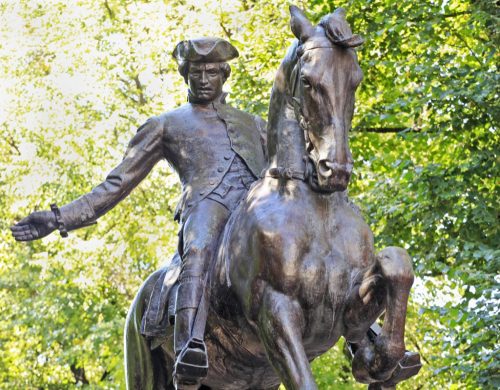
Incorrect: “The British are coming!”
Correct: “The regulars are coming!” (If anything!)
Turns out, Paul Revere probably didn’t yell anything on his famous midnight ride, since it was a covert mission. Plus, back then, no one used the term “British.” Had Revere been yelling the phrase he’s best known for, he not only would have attracted a lot of unwanted attention, but no one would have had any idea of what he was trying to say—or who he was yelling about.
It’s more likely that Revere said something along the lines of, “The regulars are coming,” and that he said it just once: When he arrived at the house where Samuel Adams and John Hancock—fugitives at the time—were holed up.
6. What were the names of Columbus’ ships?
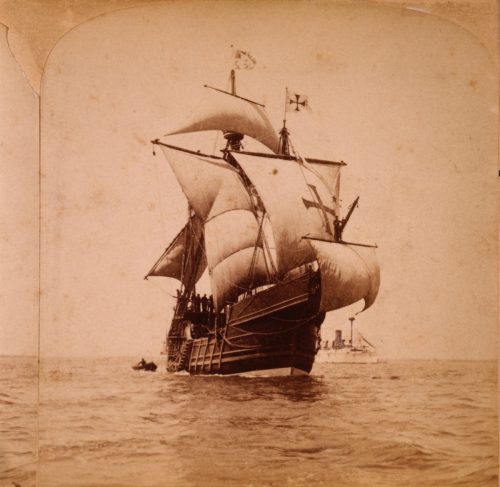
Incorrect: The Niña, the Pinta, and the Santa Maria
Correct: The Santa Maria, the Santa Clara, and unknown
The Santa Maria was indeed the name of one ship, though the crew called it La Gallega, after the province where it was built, Galicia. The second ship was the Santa Clara but was nicknamed the Niña due to the fact that it was owned by a man named Juan Niño. Finally, the third ship wasn’t officially deemed the Pinta, but that’s the name that was given to it by saucy sailors who were inspired by the Spanish term for “the painted one” or “prostitute.” The ship’s original name has been lost to history.
RELATED: 96 Happy 4th of July Quotes & Captions to Celebrate Independence Day.
7. What started the great Chicago fire of 1871?
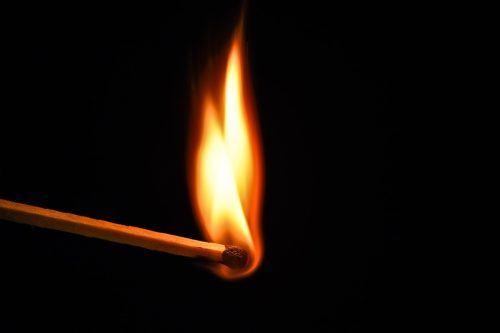
Incorrect: A cow kicking over a lantern
Correct: It remains uncertain
If you thought it was a cow kicking over a lantern, you’ve been believing a widespread rumor that was sparked way back when the fire first occurred. When some local boys started saying that the blaze was caused by a woman named Catherine O’Leary who had supposedly been milking her cow in her barn, the newspapers picked up the story and printed it. However, there’s never been evidence that the tale is true. In fact, O’Leary vehemently denied the claim, saying she was in bed at the time and couldn’t have been responsible. In 1997, the Chicago City Council officially cleared Catherine—and her cow—from all blame.
So, what really caused it? Well, to date, no one can say for sure. Some people suggest that men were gambling in O’Leary’s barn, and one kicked over a lantern in a drunken furor. Others say that one man, Daniel “Pegleg” Sullivan, was stealing some milk from O’Leary and, in the process, accidentally knocked over a lantern. Still others have gone so far to theorize that the fire was sparked by a meteorite shower.
8. Why does the Liberty Bell have a crack in it?
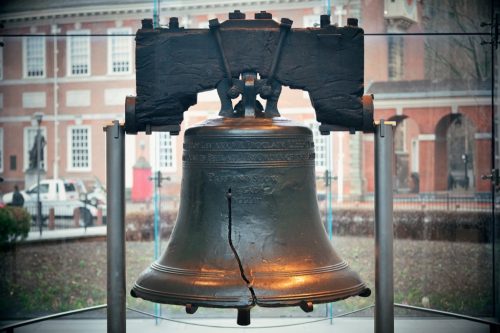
Incorrect: Overenthusiastic patriots
Correct: Shoddy craftsmanship
It’s a common myth that enthusiastic patriots cracked the Liberty Bell while celebrating on July 4, 1776. But the truth is that the bell has been suffering from repeated cracks since it was first (poorly) cast. While the mistake has been addressed multiple times over the years, that persistent split keeps coming back. The crack we see today showed up at some point in the 19th century—though no one can agree on exactly when it popped up.
9. When did the American Civil War end?
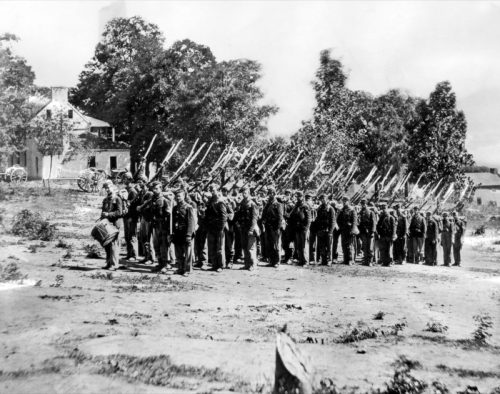
Incorrect: April 9, 1865
Correct: May 9, 1865
If you thought the Civil War ended when Robert E. Lee surrendered to Ulysses S. Grant on April 9, 1865, you’d be off the mark. Following the Battle of Appomattox Court House in Virginia on April 9, 1865, it took a full month for the Union to declare victory. But, once Confederate Joseph E. Johnston surrendered his army on April 26, 1865, the war was all but over. President Andrew Johnson officially declared victory on Aug. 20, 1866.
10. Who paid for the Statue of Liberty?
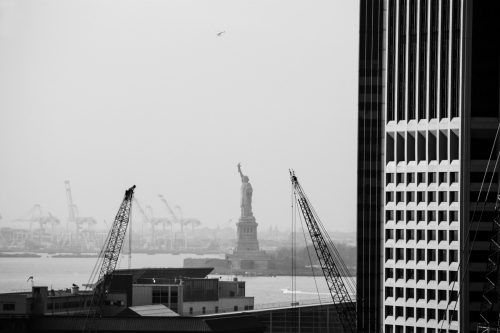
Incorrect: France
Correct: France—with some help from New York
France is responsible for the iconic statue, but New York City had to scramble to crowdfund enough money to pay for the giant granite base that the statue sits on. In fact, the Big Apple almost didn’t come up with the money in time, and other cities, such as Boston and Philadelphia—who both had the funds available—made attempts to have the statue erected on their turf instead.
11. What was the deadliest battle in American history?
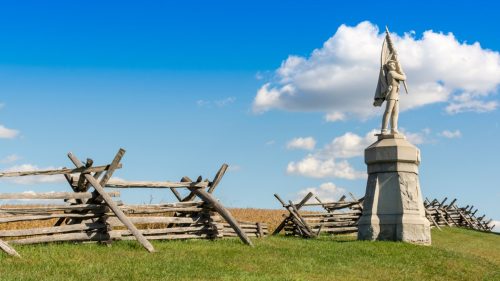
Incorrect: The storming of Normandy (D-Day)
Correct: The Battle of Antietam
While there were at least 4,414 confirmed Allied deaths on D-Day, that doesn’t compare to the number of lives lost on Sept. 17, 1862, during the Battle of Antietam. Right outside of Sharpsburg, Maryland, the brutal Civil War battle resulted in nearly 23,000 American casualties.
12. Why did the pilgrims come to America?
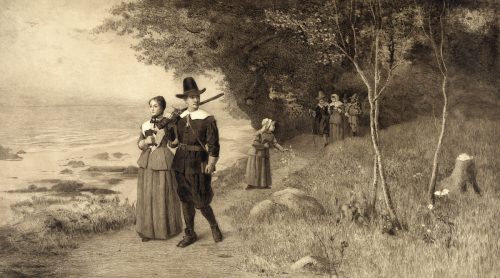
Incorrect: Religious freedom
Correct: Economic opportunity
Frankly, the pilgrims had already found an element of religious freedom in Holland. While it still remained a factor in their decision to set sail for the new world, the main reason for their journey was to find better economic opportunities.
RELATED: 22 Secrets of the One-Dollar Bill.
13. Who invented the first car?
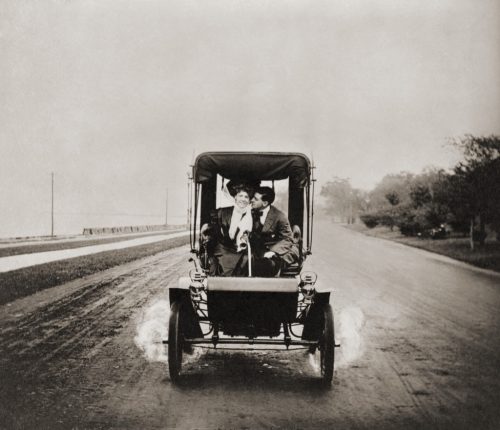
Incorrect: Henry Ford
Correct: Karl Benz
Karl Benz, the man behind Mercedes-Benz, invented his first automobile in Germany, circa 1885. By 1889, Benz was exhibiting his Model 3 commercial vehicle at the Paris World’s Fair. Henry Ford’s Model T didn’t hit the market until 1908.
14. Why was Chicago nicknamed the Windy City?
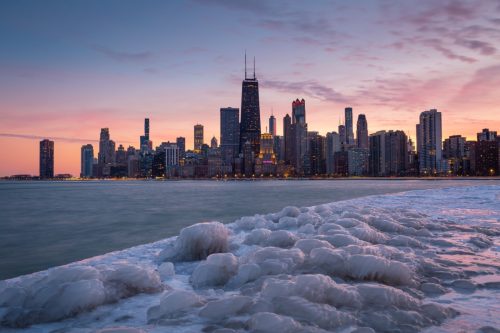
Incorrect: It’s really windy!
Correct: It’s home to a whole lot of “windbag” politicians
While Chicago certainly does experience some blustery weather, the name has nothing to do with the outdoor elements. In fact, according to one USA Today report, Chicago doesn’t even crack the top 10 windiest cities in the country.
Chi-town likely picked up its nickname because of the”long-winded” politicians who rose to power during the 19th century. It’s unclear when exactly the moniker was first used, but it became such a ubiquitous term in newspapers throughout the 1800s that it just stuck—for good.
15. Who invented the light bulb?

Incorrect: Thomas Edison or Benjamin Franklin
Correct: It’s unclear, but it wasn’t either of them
While one study found that 37 percent of Americans think that Benjamin Franklin invented the lightbulb and plenty of others would opt for Thomas Edison, neither man was truly the first behind that particular innovation. As reported by Science Focus, “The basic idea of using electricity to create light was first investigated over 200 years ago by the English chemist Humphrey Davy.” However, Davy faced the issue of finding an affordable material that burned brightly and was long-lasting, so “U.S. inventor Thomas Edison is often credited with creating the solution in 1879: the carbon filament light bulb.”
And while that sounds impressive, Ripley’s explains that, “by the time Edison started working on it, the light bulb had been around for a long time, just in a different form.” In fact, “about 20 inventors from across the world had drafted various patents on it.”
16. Who created the original American flag?
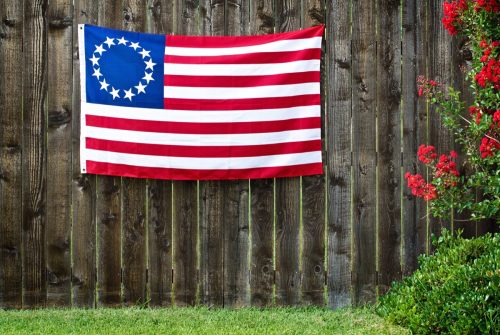
Incorrect: Betsy Ross
Correct: Francis Hopkinson (maybe)
Betsy Ross was never credited with the creation of the flag at any point during her lifetime. In fact, it wasn’t until nearly a century later, in 1870—two decades after her death, by the way—that anyone thought to give her credit. William J. Canby presented a paper on the matter to the Historical Society of Pennsylvania, and Ross was quickly established in American legend as the creator of the flag. (Not for nothing: Canby was Ross’ grandson.)
However, historians aren’t 100-percent sure Ross deserves the credit. Accounts differ on who the creator might have been, but some historians believe the honor belongs to Francis Hopkinson, a member of the Continental Congress—namely because he made the claim while he was still alive. And, according to The Life and Works of Francis Hopkinson, he just asked for one thing as payment: A quarter of one cask of wine, which he never received.
17. What happened to those convicted at the Salem witch trials?
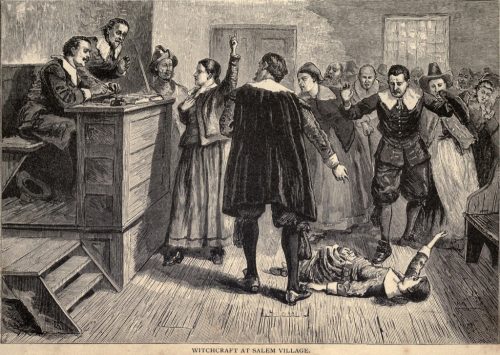
Incorrect: Burned at the stake
Correct: Hanged at the gallows
Popular knowledge would have it that burning witches at the stake was a big part of the Salem witch trials. But while those who were persecuted did suffer horrible fates, they either died by hanging—like the 19 people who met their sad end on Gallows Hill—or, in the case of Giles Corey, were pressed to death with large stones.
Interestingly, Corey’s case is the only recorded death by pressing in U.S. history and it was dramatized in The Crucible, Arthur Miller’s seminal 1953 play.
18. What happened after Pocahontas met John Smith?
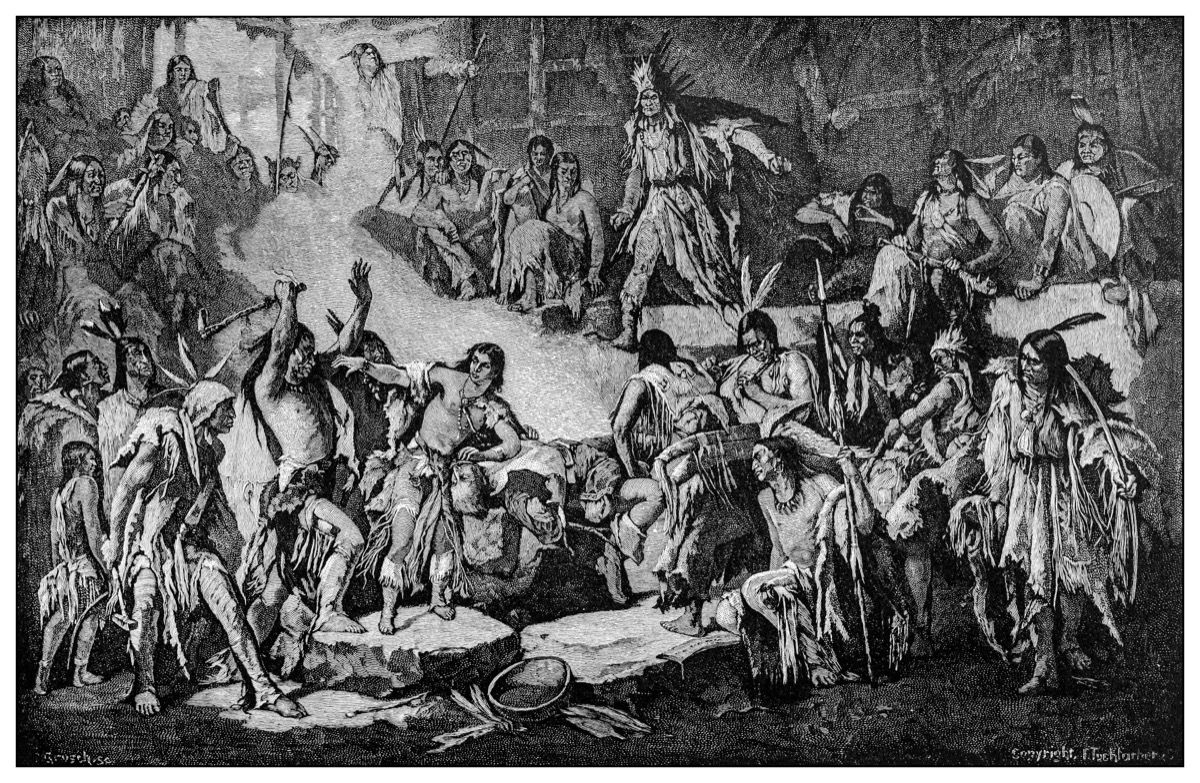
Incorrect: They fell in love and lived happily ever after.
Correct: Pocahontas married John Rolfe
That whole story about Pocahontas and John Smith falling in love is just a fabrication of Disney movie magic. In reality, Pocahontas was just 11 or 12 years old when Smith showed up. And while she may have saved him from being killed by her powerful father, there’s no evidence that the two fell in love or had any kind of relationship. The real story is far less Disney-friendly.
First, she was held captive by the English for some time. Then, she converted to Christianity, changed her name to Rebecca, and, when she turned 17, married a tobacco planter named John Rolfe. The two had a son and eventually traveled to England, where Pocahontas passed away when she was only around 20 or 21 years old.
RELATED: 37 Memorial Day Quotes to Honor Our National Heroes.
19. When did the Revolutionary War end?
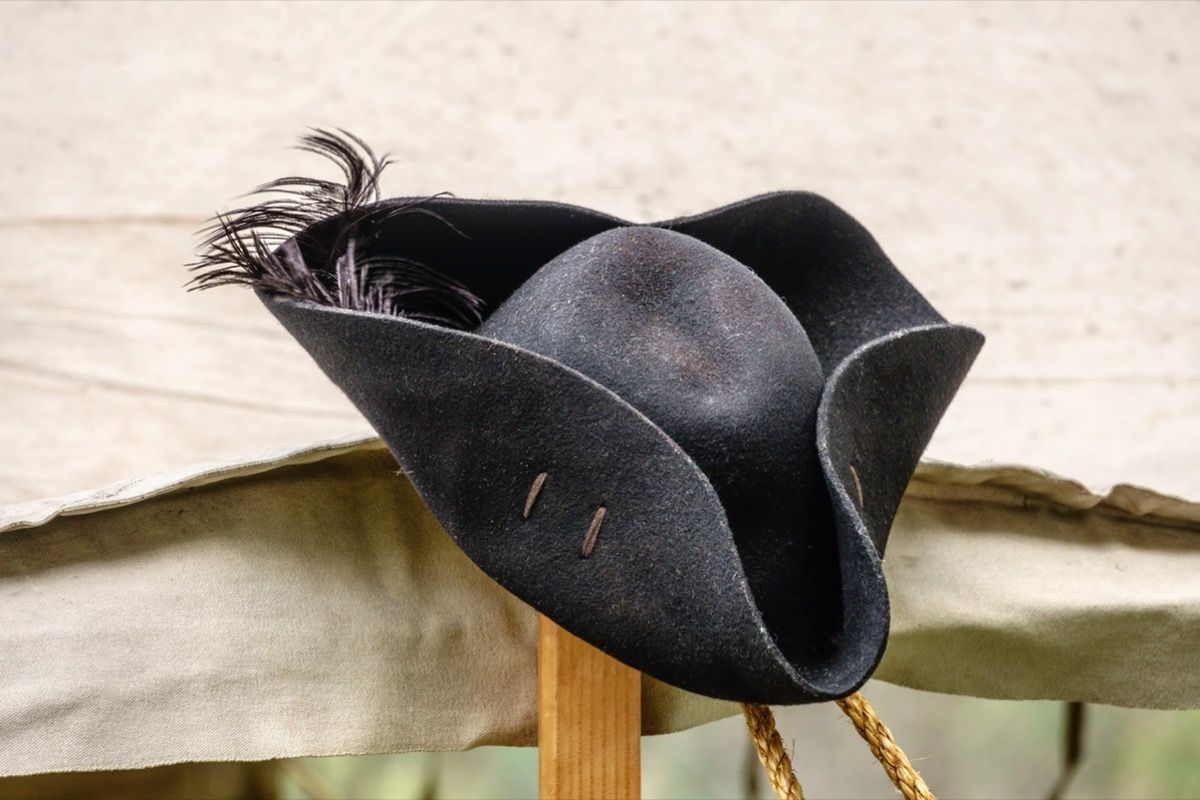
Incorrect: October 17-19, 1781
Correct: September 3, 1783
It’s true that Charles Cornwallis surrendered on Oct. 17, 1781 and formally signed articles of capitulation two days later, effectively ending full-scale combat operations in the colonies. But the war didn’t officially end until nearly three years later. In November 1782, British and American representatives signed preliminary peace terms in Paris. However, fighting continued until Sept. 3, 1783, when Britain formally recognized American independence with the Treaty of Paris.
20. Who invented baseball?

Incorrect: Abner Doubleday
Correct: Alexander Joy Cartwright, Jr
As the story goes, Abner Doubleday invented baseball in 1839, in Cooperstown, New York. But, according to the Society for American Baseball Research, “no evidence exists” to suggest that Doubleday had “anything to do with baseball.” Accounts from that time suggest he even disliked the sport: Doubleday’s own obituary says “he was rather averse to out-door [sic] sports.”
Frankly, it’s hard to say who really came up with the popular pastime. But many signs point to Alexander Joy Cartwright, Jr. In addition to founding the New York Knickerbockers Baseball Club in 1845, he was inducted to the Baseball Hall of Fame in 1938, where his plaque reads: “Father of Modern Baseball.”
21. What was the Wild West really like?
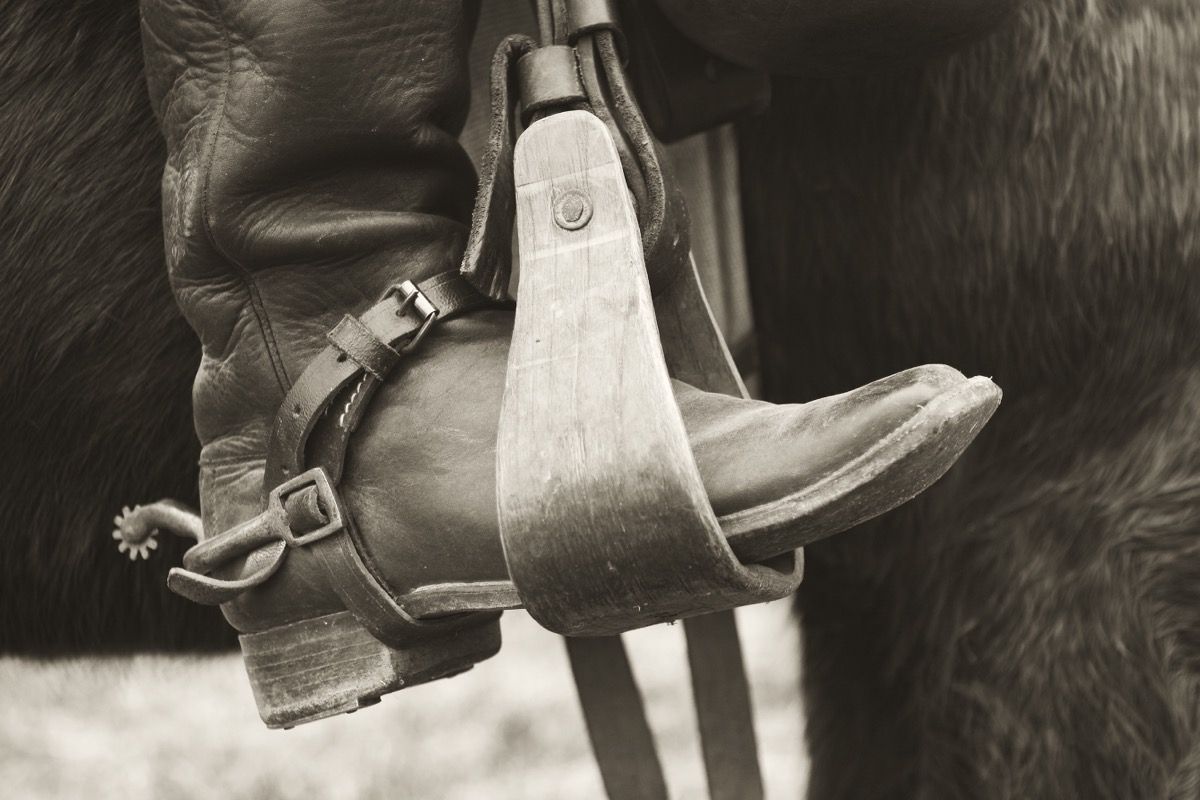
Incorrect: Violent and lawless
Correct: Pretty tame, actually
To take it from John Wayne and Butch Cassidy, the old West was an unpredictable free-for-all—just one region-wide, decades-long brawl. But Peter J. Hill, a senior fellow at the Property and Environment Research Center, puts the truth succinctly: “The violence of the [Wild] West is largely a myth.” Even the gunfight at the O.K. Corral, perhaps the most storied shootout of the entire era, resulted in a relatively modest body count of three.
22. What species did Benjamin Franklin want as our national bird?
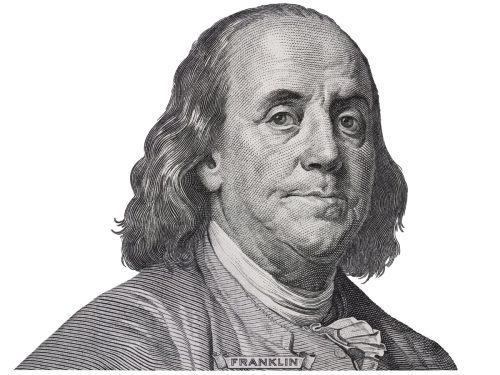
Incorrect: Turkey
Correct: C’mon—it was a joke
In a 1784 letter to his daughter, Benjamin Franklin wrote about the new American seal, and the bird emblazoned on it. “For my own part I wish the Bald Eagle had not been chosen the Representative of our Country,” Franklin wrote. “He is a Bird of bad moral Character. He does not get his Living honestly. You may have seen him perched on some dead Tree near the River, where, too lazy to fish for himself, he watches the Labour of the Fishing Hawk.”
Instead, Franklin had an alternative suggestion: the turkey. “For the Truth, the Turkey is in Comparison a much more respectable Bird, and withal a true original Native of America… He is besides, though a little vain & silly, a Bird of Courage, and would not hesitate to attack a Grenadier of the British Guards who should presume to invade his Farm Yard with a red Coat on.”
Yeah, he was joking.
23. Who was the first President of the United States?
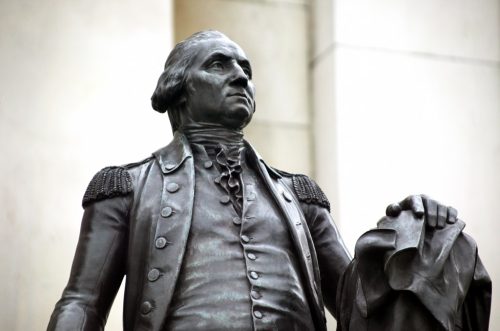
Incorrect: George Washington
Correct: Peyton Randolph
George Washington was the country’s first elected president. But he was by no means the country’s first president.
During the Revolutionary War, in 1775, Peyton Randolph was the first (and third) president of the Continental Congress. In 1783, Thomas Mifflin, an aide to Washington during the war, served as president, and ratified the Treaty of Paris. But John Hancock holds the distinction of serving the most time as president of the Continental Congress. Over two separate terms—the fourth and thirteenth—he served more than 1,000 days in the role.
All told, there were more than a dozen presidents before George Washington took office.
24. What event entangled the United States in World War II?
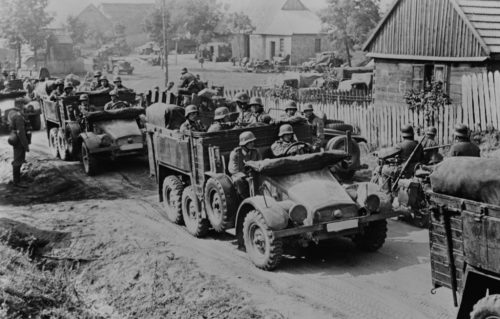
Incorrect: Invasion of Poland by Germany
Correct: Pearl Harbor
While Germany’s invasion of Poland is what kicked off the war in Europe, it wasn’t until Japan attacked U.S. territory that the nation decided to get involved. On December 7, 1941, a surprise military invasion was carried out on an American naval base at Pearl Harbor in Honolulu, Hawaii.
The strike consisted of 353 aircraft which were launched from four heavy carriers. Though it lasted just over an hour, 2,403 U.S. personnel were killed during the attack, including 68 civilians. 19 U.S. Navy ships were either damaged or destroyed.
RELATED: The 10 Best Historical Sites in the U.S. That Should Be on Your Bucket List.
25. When was George Washington’s birthday?

Incorrect: Feb. 22, 1732
Correct: Feb. 11, 1731… depending on your calendar
Technically, George Washington was born in Virginia on Feb. 11, 1731, at least according to the then-used Julian calendar. The date shifted in 1792, when Britain and all its colonies adopted the Gregorian calendar, moving Washington’s birthday a year and 11 days from what was originally recorded.
26. Have all U.S. presidents lived in the White House?
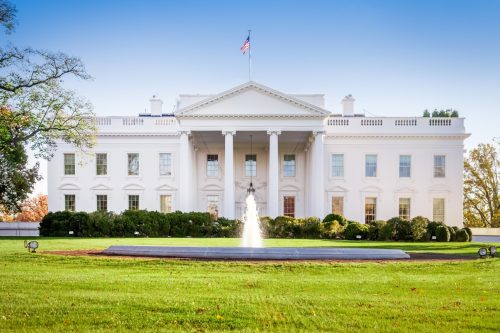
Incorrect: Yes
Correct: No
While George Washington oversaw the construction of the White House, beginning in 1792, it wasn’t until our country’s second president, John Adams, took office that a national leader was actually able to call the place “home.” In 1800, Adams and his wife, Abigail, moved in, though their time at the so-called “President’s Palace” was short-lived. The couple were only there for five months before Thomas Jefferson was elected into office.
This story has been updated to include additional entries, fact-checking, and copy-editing.